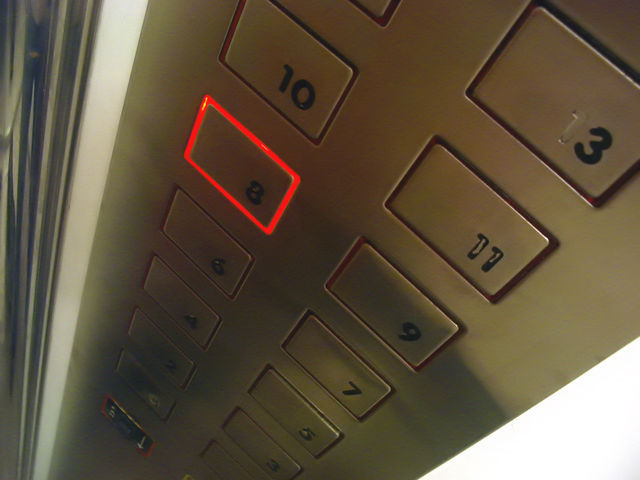Being trapped in an elevator is a classic trope we see over and over again in movies and television. It is such a go-to cliché that we almost always expect something to go wrong when we step into one. But in actuality, this may not be the case. Taking the lift is often safer than taking the stairs.
When you choose between the two, people categorise them in many ways. Taking the stairs feels like exercise while using the lift seems lazy. Getting into an elevator feels like an accident waiting to happen, while stairs are seemingly more sturdy, safe and reliable.
In the United States alone, there are approximately 18 billion elevator trips a year. Of those trips, only 27 deaths occur on average, most of which are mechanics servicing the elevator and not members of the general public. This actually makes elevators one of the safest activities in the world. With a death rate of 0.00000015 per cent, these numbers make taking the lift overwhelmingly safer than driving a car, flying, or even taking the stairs.
There is a perception, perhaps caused by TV and movies, that an elevator’s cables will snap, causing it to shoot down the shaft; a great element of drama to spice up any movie or show, but it is far from the truth. In reality, elevators are held up and propelled by six to eight strong steel cables. If one cable were to snap it would not cause the lift to jerk down violently. The only way for a Hollywood-like elevator disaster to occur is if all the cables were cut, an unlikely occurrence as elevator shafts are frequently serviced and checked to make sure that can’t happen.
In opposition to the narrative of a disaster waiting to happen in a lift, stairs seem like a safe, reliable option. Why wouldn’t they be?
In fact, in 2008 alone, there were 1348 fall-related deaths in Australia, accounting for 0.9 per cent of fatalities with 52 being on and from stairs and steps. Stairs are also much more likely to cause an injury than an elevator, or even walking on even ground. The American Journal of Medicine found in a 23-year study of stair-related injuries that there were 3000 injuries per day that required a hospital visit, equalling around one injury every 30 seconds. They also found stair-related injuries to be common across every age group – affecting men, women and children in similar numbers.
If elevators are used safely and correctly, there should present almost no risk. However, there are a few simple rules everyone stand by when getting into a lift, to make it as safe as possible:
- When waiting for the elevator, stand clear of the doors and stand aside for exiting passengers;
- Never try to stop a closing door, wait for the next one;
- Watch your step - the elevator may not be perfectly level with the floor;
- Do not push people in front of you when exiting.
In essence, lift safety comes down to exercising precaution and awareness of surroundings. When this is put into action, they are significantly less of a risk than other forms of transport and methods of getting around.
Want to find out more about the benefits of lifts? Get in touch with our friendly team to for support and transparent advice.


